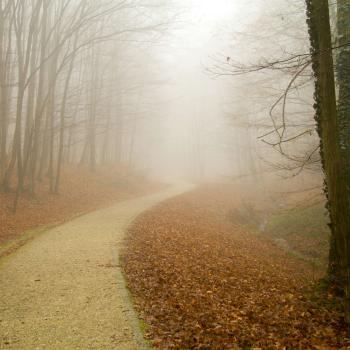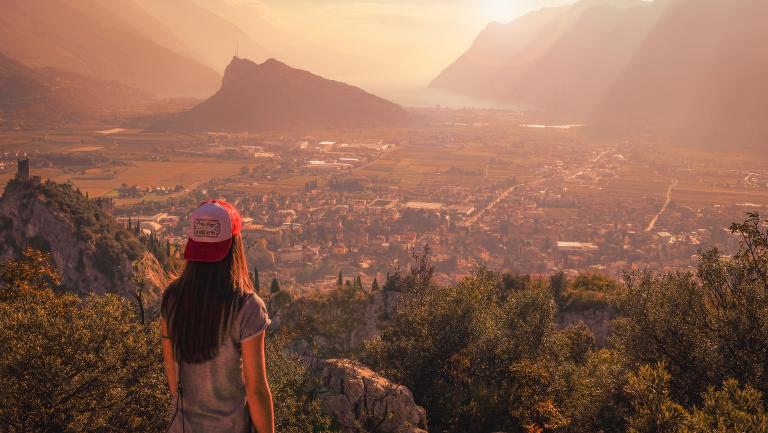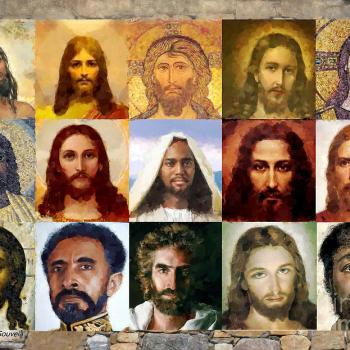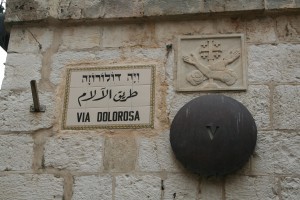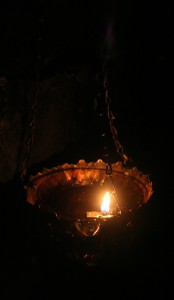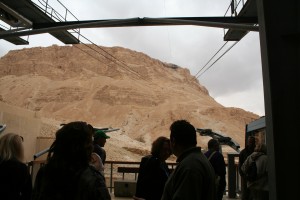
For my last post on Israel, let me take you to one of the most spectacular archeological sites in the world: Masada, a remote mountain-top fortress in the Judean desert where nearly 1000 Jewish Zealots made their last stand against the Romans in 73 A.D. Overlooking the Dead Sea from a height of 1300 feet, the site plays an important symbolic role for the modern state of Israel. If you want to understand the Israeli character, in fact, you must visit Masada.
Masada’s story begins with King Herod the Great, who between 37 and 31 B.C. constructed an impregnable fortress on top of the mountain. The 20 acres included palaces, storehouses and gardens as well as a swimming pool, bathhouse and synagogue. Deep cisterns at the foot of the mountain collected the rainwater that fell on the surrounding cliffs, providing enough water for the residents of Masada to survive for two years.
After the fall of Jerusalem in 70 A.D., the Zealots retreated to this remote site south of Jerusalem and barricaded themselves here for more than two years. The Romans laid siege to the site, finally building an earthen ramp that allowed them to wheel a battering ram up to its entrance. Just before the fortress was breached, the Zealot commander, Eleazar ben Yair, spoke to his people about the choice they faced, whether they would live as slaves or die free. The Zealots decided that the latter was the better alternative. Because suicide was against Jewish law, each man killed his own family. Ten men were chosen by lots to kill the rest, and the final man committed suicide. When the Romans eventually entered the fortress, they found that all the inhabitants were dead.
The story is told by the Jewish-Roman historian Josephus Flavius, who said that he heard the tale from a handful of survivors who had chosen to hide rather than be killed. As our guide pointed out, Josephus is not the most reliable of historians. The son of the High Priest in Jerusalem, he had been a leader of the Zealot cause before turning traitor and joining the Roman side. But even if the tale is not historically true in every detail, it conveys a powerful symbolic truth about refusing to submit to oppression.
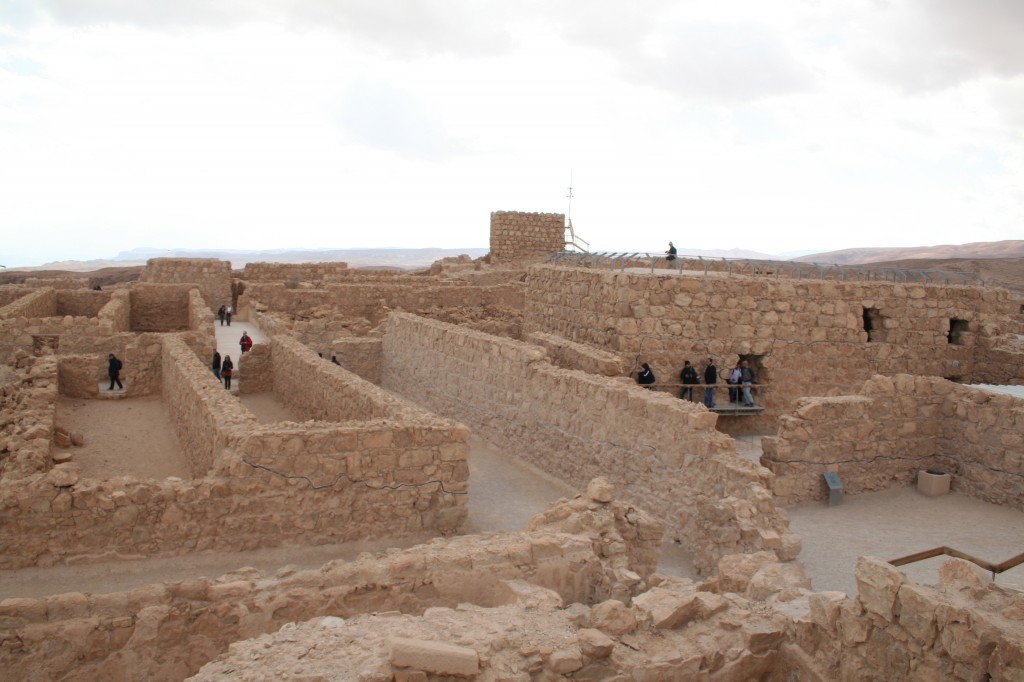
The story of Masada was largely forgotten until the 1920s, when an epic poem was written celebrating the story of the Zealots (this poem provided much of the inspiration for the uprising of the Warsaw ghetto during World War II). And when Israeli archeologist Yigael Yadin led excavations at Masada during the 1960s, the story of the Zealots at Masada became a symbol of heroism for the entire country. Up until the 1970s, in fact, new army soldiers took their official oath on Masada, making the vow that “Masada shall not fall again.”
Interestingly, our guide was dismissive of this practice, saying that he was glad that the soldiers now took their vows at the Western Wall. “It’s a bad thing to make suicide preferable to fighting,” he said.
Today there are two routes to the top of Masada. The Snake Path winds up the eastern slope and can only be traversed by a 45-minute climb on foot, or you can take the easier route and hop on a cable car. Once you’re on top, you can see the remains of Herod’s buildings, including an amazingly engineered three-tiered palace, as well as a Byzantine chapel built in the sixth century. The site’s synagogue is among the oldest in the world. On the western side of Masada, you can still see the earthen ramp built by the Romans that ended the siege in 73 A.D.
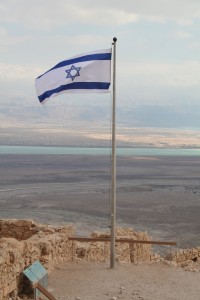
I will long remember our afternoon on top of that windswept mountain. I recall especially vividly our guide telling us in graphic detail what it was like to be a Roman slave, trying to impress upon us the gravity of the Zealots’ decision. He completed his story with this challenge: “Masada makes us ask this question: How do I want to live my life? Is it better to be die free or live as a slave?”
Here is my own question: does Masada symbolize courage or foolhardy political extremism? The question still lingers, surely. I do know that Israelis have a phrase for the ambiguities involved: “Masada complex.”


